
Hurricane season is a critical period for Puerto Rico, and being prepared can make the difference between safety and danger. In
In this blog post, we will explain the importance and variety of electric power generators. These devices play a critical role in converting different forms of energy into usable electricity, providing reliable power in various situations and environments. Join us as we explore the 5 types of electric power generators and its relevance in our daily lives.
!Contact Us and get your diesel electric generator now!

Wind power generators are a renewable energy source that converts the kinetic energy of the wind into electricity. They use wind turbines that consist of giant propellers, called blades, mounted on a rotor. When the wind blows, the blades spin, which in turn spins the rotor. The rotor is connected to an electrical generator that converts mechanical energy into electricity. Wind power generators can range in size from small systems used in homes or farms to large-scale wind turbine farms.
The main components of a wind power generator are:
Wind power generators are a form of clean and renewable energy generation, since they do not emit greenhouse gases or air pollutants during their operation. They are especially effective in areas with consistent winds and adequate speeds.
Hydroelectric power generators harness the potential or kinetic energy of moving water to generate electricity. These generators are commonly found in dams or rivers with a constant flow of water. The water collects in a reservoir and is then released through turbines. The force of the water spins the turbine blades, which in turn spins a connected generator. The mechanical energy of rotary motion is converted into electrical energy. Hydroelectric generators can range in size from small hydroelectric power facilities in rural areas to large dams that generate large amounts of electricity.
Hydroelectric power generators are a key form of electricity generation that harnesses the power of moving water. These generators are based on the construction of dams or the use of rivers with a constant flow of water. By directing the water through turbines, mechanical energy is generated which is then converted into electricity by a generator.
Hydropower is a renewable and sustainable energy source, as the water used to generate electricity is naturally renewed through the hydrological cycle. Furthermore, hydroelectric generators have high efficiency and can generate large amounts of electricity. These systems are often used to power communities, industries and public services, providing a reliable and clean source of electricity. Hydroelectric power generators play a crucial role in the transition to a more sustainable energy matrix.
Solar power generators are an increasingly popular and relevant form of electricity generation. These systems are based on capturing solar radiation and converting it into usable electrical energy. Solar panels, also known as photovoltaic modules, are the main component of solar power generators. These panels are composed of photovoltaic cells, generally made from crystalline silicon. When photons from sunlight strike photovoltaic cells, electrons in the material become excited and generate a continuous electrical current. This current is collected by the cables and sent to an inverter, which converts the direct current into alternating current, ready for use in our homes and businesses.
The efficiency of solar panels has improved significantly in recent years, leading to increased adoption of this technology. Also, the installation of solar power generators can be modular, which means more panels can be added based on power needs. This allows greater flexibility in system expansion and adaptation to different energy demands.
One of the greatest benefits of solar power generators is their renewable and environmentally friendly nature. Solar energy is an inexhaustible source, since the sun emits radiation continuously. By using solar energy, dependence on fossil fuels is reduced and the emission of greenhouse gases is reduced, thus contributing to the fight against climate change.
Biomass power generators are an innovative and sustainable way to generate electricity from renewable organic resources. These generators harness a variety of biological materials, such as agricultural residues, forest residues, energy crops, and organic waste, to produce power.
The process of generating energy from biomass generally involves the combustion of organic materials in a boiler. Combustion produces heat, which is used to generate high-pressure steam. This steam drives a turbine connected to an electrical generator, thus converting heat energy into electricity.
Another way of generating energy from biomass is through anaerobic digestion. In this process, organic waste decomposes in an oxygen-free environment, producing biogas. Composed mainly of methane, biogas is burned in an engine or turbine to generate electricity.
One of the advantages of biomass power generators is that they use materials that would otherwise be thrown away or burned without a useful purpose. By taking advantage of these renewable organic resources, the dependence on fossil fuels is reduced and the emission of greenhouse gases is avoided. In addition, the generation of biomass energy is a way to efficiently manage organic waste, which contributes to the reduction of environmental pollution.
Biomass power generators are used on different scales, from small-scale systems for homes and communities to large-scale biomass power plants. These generators play an important role in diversifying the energy matrix, providing a reliable and sustainable source of energy.
An electric generator is a machine that plays a fundamental role in the generation of electrical energy. Its operating principle is based on the electromagnetic Induction, where mechanical energy is converted into electrical energy.
The basic structure of an electric generator consists of a coil or set of coils of conducting wire that rotate within a magnetic field. The rotary movement of the coil in the magnetic field produces a flow of electrons, thus generating an electric current in the conducting wire. This current flow can be harnessed to supply electrical power to devices and systems.
Electric generators can be driven by various power sources such as internal combustion engines, steam turbines, gas turbines, or hydraulic turbines. These motors or turbines provide the mechanical energy necessary to rotate the coil or set of coils within the magnetic field.
Electric generator capacities range from small portable generators used in emergency situations or outdoor activities, to large generators used in power plants to power entire communities. They are also used in industrial and commercial applications to power machinery and power systems.
In summary, Electric generators are essential machines in the generation of electrical energy. Through electromagnetic induction, they convert mechanical energy into usable electrical energy. These devices have a wide range of applications and are powered by different power sources, providing a reliable source of electricity in various situations and environments.
Discover the Electric generators high quality JRH, your reliable partner in energy solutions! In JRH, we are proud to offer you reliable and efficient electric generators that adapt to your needs.
Our generators are designed with state-of-the-art technology and manufactured to the highest quality standards, providing exceptional performance in every situation. Whether you need a backup power source in case of emergencies, power for your projects in remote locations, or a reliable solution for your business, at JRH we have the right solution for you.
¡Contact Us today!

Hurricane season is a critical period for Puerto Rico, and being prepared can make the difference between safety and danger. In
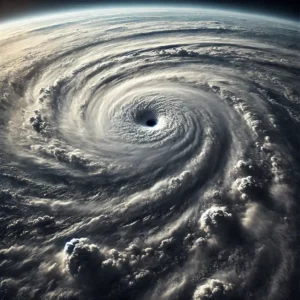
Understanding how a hurricane forms allows us to be one step ahead and prevent the devastating effects of these natural phenomena. Especially in areas
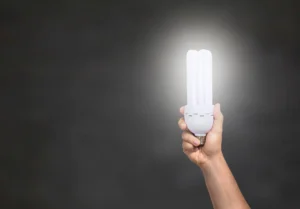
In a world where energy efficiency is increasingly a priority, learning to save energy has become a crucial need for both
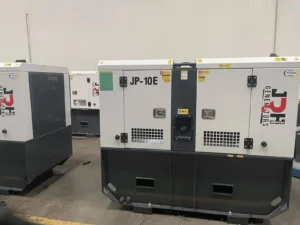
In a world that doesn't stop, the need for a reliable and continuous power source is more crucial than ever. At JRH Power
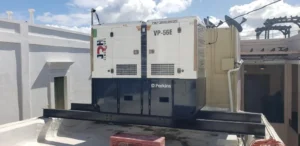
Have you ever wondered how electricity becomes a constant in our lives, even in the most critical moments? At JRH Power
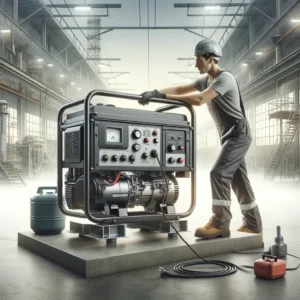
In our modern world, where electricity is vital, power outages are a frequent reality. Know how to connect a generator to the house